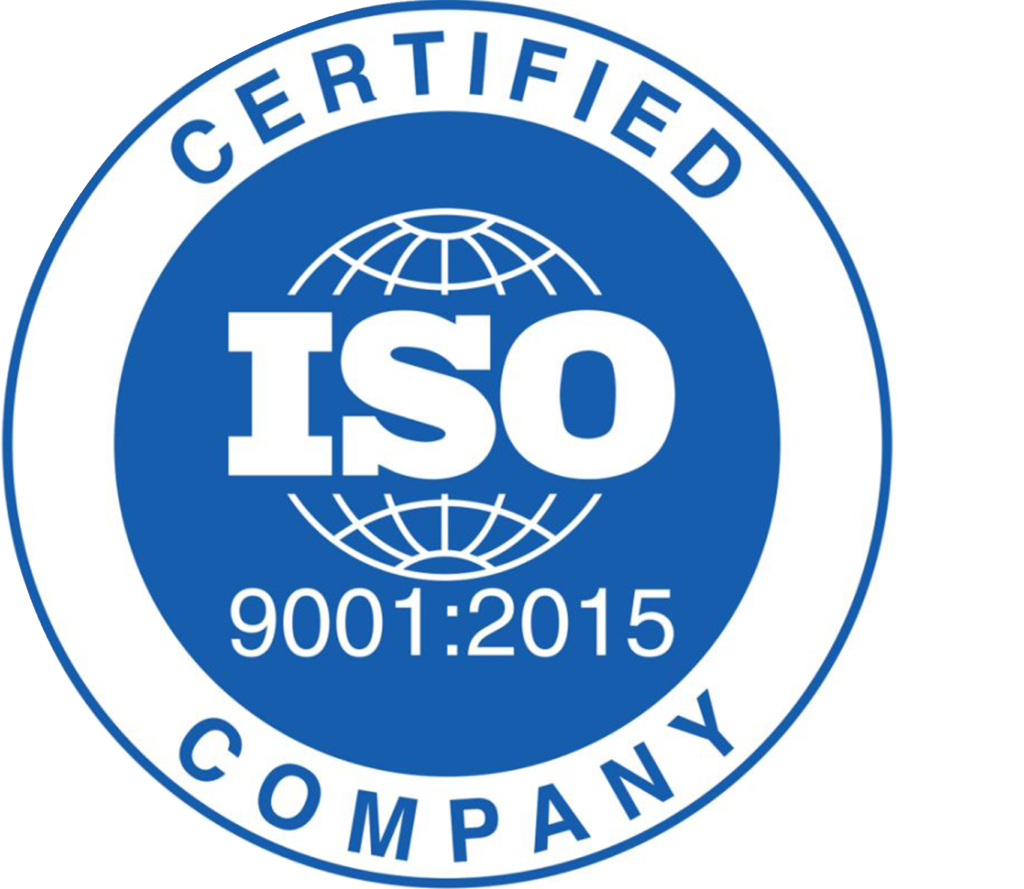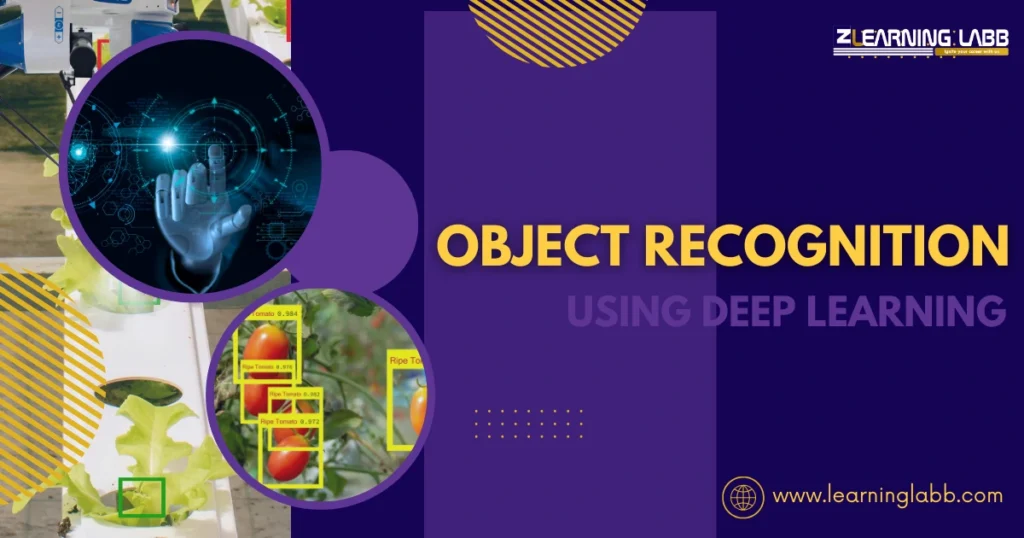Object Recognition Using Deep Learning: Machines can recognize objects in images and videos almost as accurately as humans – it isn’t that surprising anymore, isn’t it? From self-driving cars to facial recognition systems, object recognition using deep learning is transforming industries. But how does it work? Why is it so important? And what makes deep learning such a game-changer in object recognition?
Let’s dive deep into this fascinating technology and explore its applications, working principles, and best practices.
What is Object Recognition Using Deep Learning?
At its core, object recognition using deep learning is the process of training AI models to identify and classify objects in digital images or videos. It allows machines to recognize objects with high accuracy, even in complex environments.
Deep learning object recognition relies on neural networks, particularly Convolutional Neural Networks (CNNs), which mimic the way human brains process visual information. These models learn from massive datasets, allowing them to detect patterns and classify objects with incredible precision.
Difference Between Object Recognition and Detection
Before diving deeper, it’s essential to understand the difference between object recognition and detection:
| Features | Object Recognition | Object Detection |
| Purpose | Identifies and classifies objects | Identifies and locates objects |
| Output | Labels (e.g., “cat”, “car”) | Bounding boxes + Labels |
| Example | “This is a cat” | “A cat is at coordinates (x, y)” |
Essentially, object detection finds objects, while object recognition understands what they are.
How Does Object Recognition Work?
The process of deep learning object recognition involves multiple stages:
1. Data Collection & Preprocessing
- The model is trained on vast datasets like ImageNet or COCO, containing millions of labeled images.
- Data is augmented (rotated, resized, color-adjusted) to improve model robustness.
2. Feature Extraction
- CNNs extract essential features like edges, shapes, and textures.
- Layers in the network detect increasingly complex patterns.
3. Classification & Prediction
- The model assigns probability scores to objects.
- The highest probability determines the final classification.
Example: If a model sees a picture of a dog, it might output:
- Dog: 98%
- Cat: 1%
- Car: 0.5%
- Human: 0.5%
The model correctly identifies the object as a dog.
4. Post-Processing
- Confidence thresholds and non-max suppression (NMS) remove false detections.
- The final result is displayed with accuracy scores.
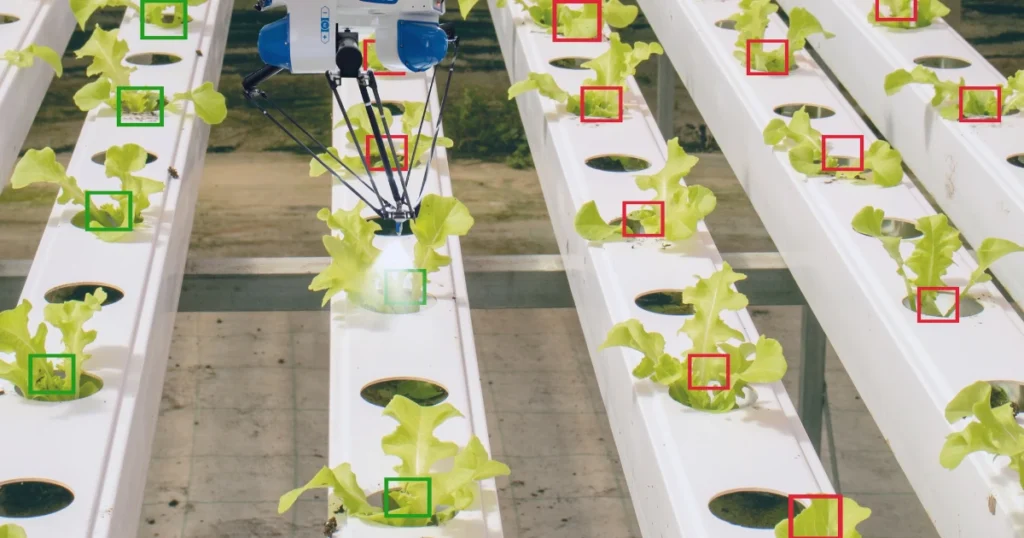
What is the Best Multi-Stage Architecture for Object Recognition?
The effectiveness of object recognition depends on the architecture used. Some of the best multi-stage architectures include:
1. Convolutional Neural Networks (CNNs)
CNNs are the foundation of modern object recognition. Popular models include:
- AlexNet – The pioneer of deep learning object recognition
- VGGNet – Known for its deep architecture and high accuracy
- ResNet – Uses skip connections to improve training efficiency
2. Region-Based CNN (R-CNN) Family
- R-CNN – Uses region proposals to detect objects
- Fast R-CNN – Faster and more efficient version of R-CNN
- Faster R-CNN – Introduces region proposal networks (RPNs) for real-time detection
3. You Only Look Once (YOLO)
- Fast and real-time object recognition
- Used in security, traffic monitoring, and autonomous vehicles
4. Single Shot MultiBox Detector (SSD)
- Faster than R-CNN models
- Balances speed and accuracy
Did you know? Faster R-CNN is widely used in healthcare for medical image analysis, detecting tumors, and diagnosing diseases!
Read more: What Do You Know About Object Detection Using Deep Learning? Why Is It Important?
Applications of Object Recognition
Object recognition using deep learning has numerous applications across industries. Some of the most impactful ones include:
1. Healthcare
- Diagnosing diseases from X-rays, MRIs, and CT scans
- Detecting tumors using AI-powered imaging
2. Autonomous Vehicles
- Enabling self-driving cars to recognize pedestrians, road signs, and obstacles
- Reducing accidents through AI-assisted driving
3. Security & Surveillance
- Facial recognition for identifying criminals
- Intruder detection in restricted areas
4. E-commerce & Retail
- AI-powered visual search (e.g., “find similar products”)
- Smart inventory management with automated object tracking
5. Robotics
- Enabling robots to understand their environment
- Assisting industrial automation and manufacturing
Interesting fact: Amazon Go stores use object recognition to track items picked by customers and charge them automatically without a cashier!
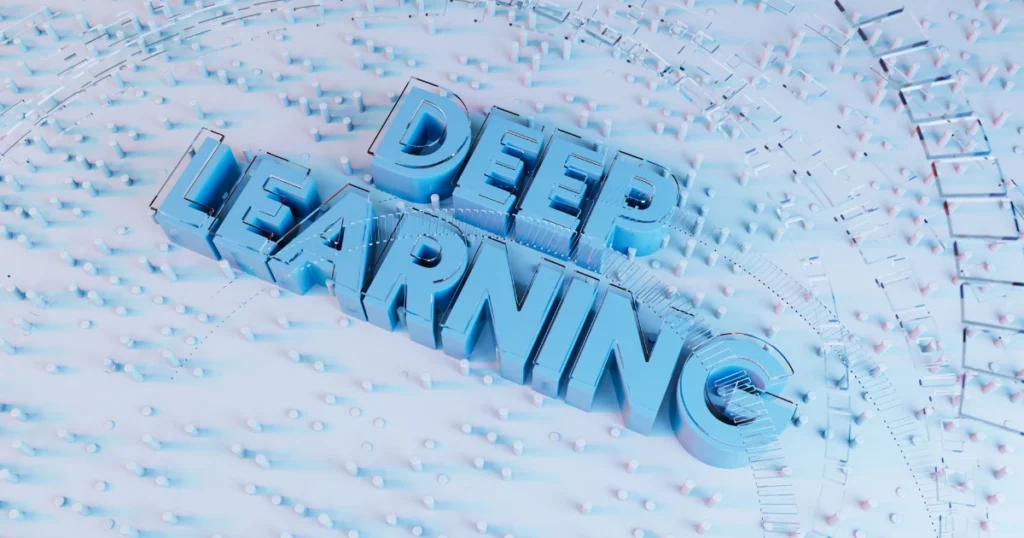
Object Recognition in Image Processing & Tracking
Object recognition plays a crucial role in image processing and object tracking. Some real-world applications include:
- Face Recognition: Used in smartphones and biometric security.
- Motion Tracking: Detecting objects in videos for real-time monitoring.
- Augmented Reality (AR): AR filters in apps like Snapchat and Instagram rely on object recognition.
Example: In sports analytics, object recognition helps track player movements and analyze game strategies.
Why is Object Recognition Important?
Object recognition is revolutionizing technology by making machines smarter and more interactive. Here’s why it matters:
- Enhances AI-driven automation
- Improves accuracy in medical diagnostics
- Boosts security with facial recognition
- Powers self-driving technology
- Drives advancements in e-commerce and augmented reality
“AI will be the defining technology of our time.” – Sundar Pichai, CEO of Google
How to Learn Object Recognition Using Deep Learning?
Mastering object recognition requires a strong foundation in deep learning, neural networks, and computer vision. If you’re looking to build expertise in AI, consider enrolling in Ze Learning Labb courses.
Why Choose Ze Learning Labb?
- Hands-on training in deep learning object recognition
- Industry-relevant curriculum covering CNNs, R-CNN, YOLO, and SSD
- Affordable course fees with certification
- Best AI learning institute for deep learning and computer vision
Learning from industry experts at Ze Learning Labb can help you develop real-world skills and land high-paying AI jobs!
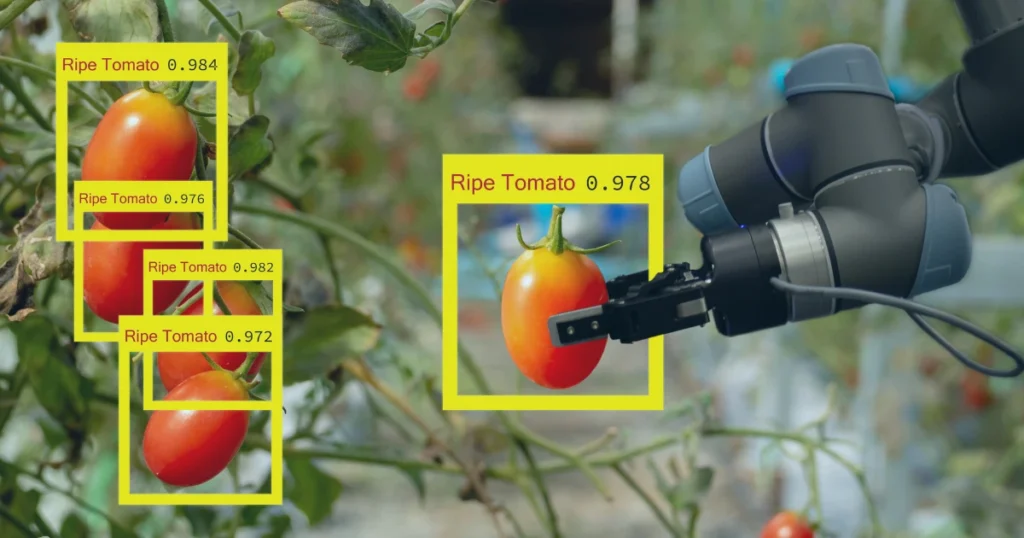
On A Final Note…
Object recognition using deep learning is a transformative technology powering AI-driven applications across industries. From healthcare to self-driving cars, its impact is profound. With advancements in CNNs, R-CNNs, and YOLO, object recognition is becoming faster and more accurate.
If you’re passionate about AI and want to master deep learning object recognition, consider enrolling in a Ze Learning Labb course today. The future of AI is waiting for you!



